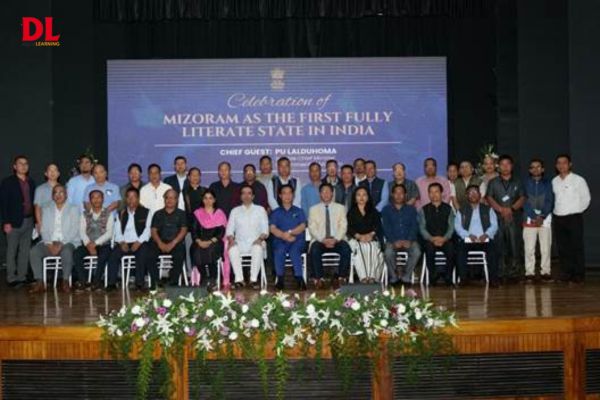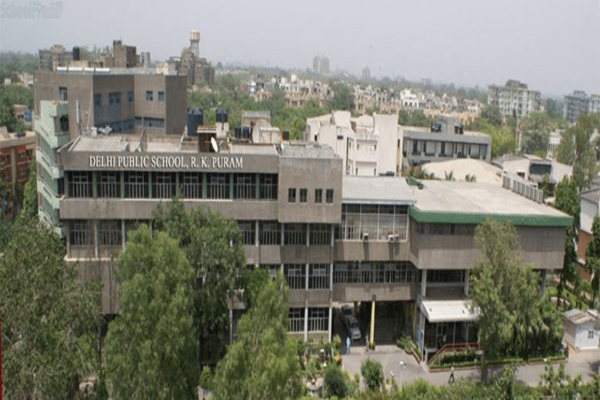
Mizoram, boasting a literacy rate of 98.2%, just recently became the first state in Indian history to attain full functional literacy. This surpasses the Ministry of Education’s benchmark of 95% and marks a significant advancement in the nation’s educational landscape.
The state’s remarkable achievement is attributed to the implementation of the Understanding of Lifelong Learning for All in Society (ULLAS) initiative, also known as the New India Literacy Programme (NILP). Under this program, 3,026 individuals were identified as illiterate, with 1,692 enrolling as learners. A dedicated team of 292 volunteer teachers, comprising students, educators, and resource persons, played a crucial role in this endeavor.
This collective effort reflects the Mizo cultural ethos of ‘Tlawmngaihna’, a principle emphasizing selflessness and altruism, which has been instrumental in fostering community participation and commitment to education.
Mizoram’s journey toward full literacy builds upon a solid foundation. As per the 2011 census, the state had a literacy rate of 91.33%, ranking third in the country. Significant strides have been made since then, particularly in improving literacy rates among women, which now stand at 97%, compared to 99% for men.
Targeted efforts were made in districts like Mamit and Lawngtlai, which previously lagged in literacy rates due to various socio-economic factors. These initiatives have been pivotal in elevating the state’s overall literacy status.
Mizoram’s definition of literacy extends beyond the basic ability to read and write. The state emphasizes functional literacy, encompassing comprehension, interpretation, and essential life skills such as digital, financial, and entrepreneurial literacy.
Programs like ‘Project Intodelh’ aim to instill an entrepreneurial mindset among students, integrating financial literacy and life skills training into the curriculum. This holistic approach ensures that citizens are equipped to navigate the complexities of modern society.
Recognizing the importance of technology in education, Mizoram has invested in digital infrastructure to enhance learning outcomes. Initiatives like the distribution of smart boards to schools in remote areas, such as Siaha and Lawngtlai districts, aim to bridge educational gaps and provide students with access to advanced learning tools.
Also Read: Duolingo CEO Envisions AI-Dominated Education
Furthermore, the state’s high digital literacy rates, with 99.4% of children aged 14-16 having access to smartphones at home, facilitate digital learning and access to educational resources outside of school.
Mizoram’s achievement serves as a testament to the power of community-driven education and dedicated government collaboration. By redefining literacy to include critical life skills and embracing technological advancements, the state sets a precedent for other regions to follow.





















